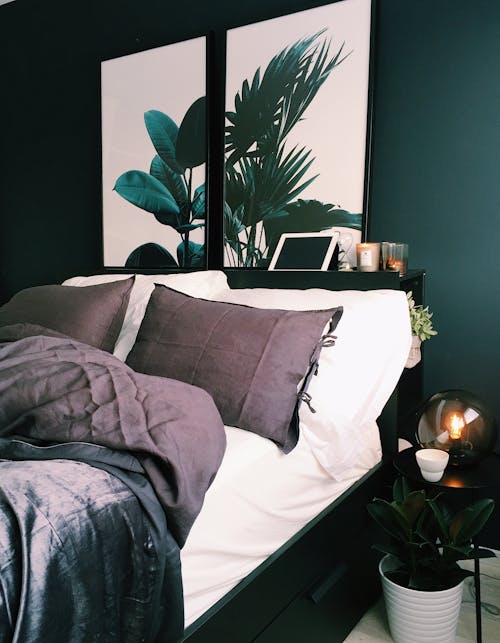“Small Space Solutions: Achieve a Serene Minimalist Living Room
Living in a small space shouldn’t mean sacrificing style or comfort. In fact, limited square footage presents a unique opportunity to create a truly intentional and harmonious environment. One of the most effective design approaches for compact areas is minimalism, and nowhere is this more impactful than in your living space. Transforming your small area into a **minimalist living room** can unlock a sense of calm, openness, and functionality you might not have thought possible.
Embracing minimalism in a small living room is all about making deliberate choices: focusing on quality over quantity, prioritizing function, and keeping visual clutter to a minimum. This guide will walk you through the key steps to design a beautiful and functional **minimalist living room** tailored for small spaces.
**1. Ruthless Decluttering: The First Step to Minimalism**
Before adding anything, remove the unnecessary. This is the cornerstone of any **minimalist living room**. Go through every item and ask yourself if it’s truly essential or brings you joy. Donate, sell, or discard anything that doesn’t serve a purpose or contribute to the room’s aesthetic. Less stuff instantly makes a small space feel larger and more breathable.
**2. Choose a Simple, Light Color Palette**
Light colors reflect light, making walls appear to recede and the space feel more expansive. Opt for a neutral base like whites, soft grays, or warm beiges for walls and larger furniture pieces. You can introduce texture through fabrics and add very limited pops of color with carefully selected decorative items. A simple color palette creates a cohesive and calming atmosphere crucial for a **minimalist living room**.
**3. Select Furniture Wisely: Size and Function Matter**
In a small **minimalist living room**, every piece of furniture needs to earn its spot. Choose scaled-down furniture that fits the room’s proportions – avoid oversized, bulky items. Prioritize multi-functional furniture, such as an ottoman with hidden storage, nesting tables that can be tucked away, or a sofa bed if needed. Look for pieces with clean lines and a light visual weight (like legs instead of skirting).
**4. Utilize Vertical Space**
When floor space is limited, look up! Make use of vertical space with tall, narrow shelving units that draw the eye upward and provide storage without taking up too much floor area. Wall-mounted shelves or cabinets can also be excellent for keeping items off surfaces, contributing to a tidy **minimalist living room** look.
**5. Strategic Lighting is Key**
Good lighting can dramatically impact how spacious a small room feels. Maximize natural light by keeping windows unobstructed. Supplement with layered artificial lighting – a combination of ambient (ceiling fixture), task (reading lamp), and accent (wall sconce or picture light) lighting. Avoid heavy lamps; opt for slim floor lamps or wall-mounted fixtures that free up valuable surface space.
**6. Smart Organization and Storage**
While minimalism is about having less, the items you keep still need a home. Incorporate smart storage solutions that blend seamlessly into the decor. Think under-bed storage, stylish baskets, or furniture with built-in compartments. Keeping surfaces clear of clutter is vital for maintaining the serene feel of a **minimalist living room**.
**7. Mindful Decor and Personalization**
A **minimalist living room** doesn’t have to be stark. Choose a few meaningful decorative items – a piece of art you love, a favored plant, or a collection displayed sparingly. The key is curation. Each item should add value and fit the overall calm aesthetic.
By following these principles, you can transform even the smallest area into a beautiful, functional, and tranquil **minimalist living room**. It’s about intentional design, embracing simplicity, and creating a space that feels both open and inviting.”




